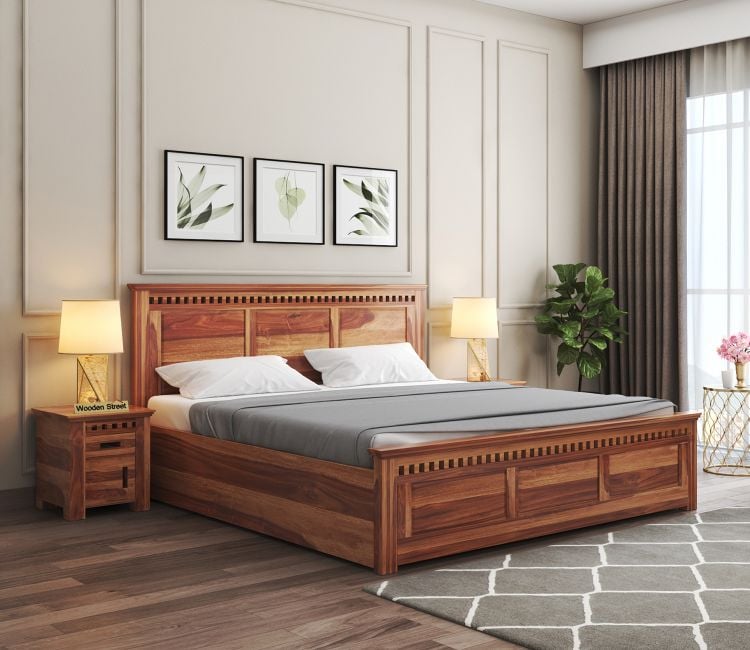 Tiered Link Strategy – Multiply Your SEO Impact Today!
Tiered Link Strategy – Multiply Your SEO Impact Today!
The Evolution of Sofa Design Through the Decades
Written by Furniture and Decor » Updated on: June 17th, 2025

Sofa design has come a long way from its humble beginnings to the stylish and functional pieces we see today. Over the decades, sofa styles have evolved, reflecting changing tastes, technological advancements, and societal shifts. Let’s take a journey through the history of sofa design and see how it has transformed over the years.
The Early 20th Century: Classic Elegance
At the start of the 20th century, sofa design was heavily influenced by Victorian and Edwardian styles. These sofas were characterized by their ornate wooden frames, plush upholstery, and intricate details. Popular materials included mahogany and walnut, while upholstery often featured rich, dark fabrics like velvet and brocade. Comfort and luxury were the primary focus, with designs that exuded elegance and sophistication.

The 1920s and 1930s: Art Deco Influence
The Roaring Twenties brought a significant shift in design aesthetics with the rise of the Art Deco movement. Sofas from this era showcased sleek lines, geometric patterns, and a mix of modern and traditional materials. Chrome and lacquered wood were commonly used, and bold colors became fashionable. The emphasis was on glamour and opulence, reflecting the exuberant spirit of the times.
The 1940s and 1950s: Mid-Century Modernism
The mid-20th century marked the advent of mid-century modern design, which remains popular to this day. Sofas from the 1940s and 1950s were characterized by their clean lines, minimal ornamentation, and functional design. Designers like Charles and Ray Eames, Florence Knoll, and Arne Jacobsen became iconic figures, creating pieces that were both stylish and practical. Materials such as teak, leather, and molded plywood were commonly used, and muted, earthy tones dominated the color palette.
The 1960s and 1970s: Bold and Experimental
The 1960s and 1970s were decades of bold experimentation in sofa design. Influenced by the counterculture movement and advancements in manufacturing, designers explored new shapes, materials, and colors. Modular and sectional sofas became popular, offering versatility and customization. Bright, psychedelic colors and patterns reflected the vibrant and unconventional spirit of the times. Inflatable and plastic sofas also emerged, showcasing a playful and avant-garde approach to furniture design.
The 1980s: Excess and Extravagance
The 1980s were known for their extravagance and excess, and this was evident in sofa design as well. Overstuffed and oversized sofas with plush cushions became the norm, prioritizing comfort above all else. Bold, contrasting colors and patterns were popular, often with a touch of glamor. Leather and velvet were the materials of choice, adding a luxurious feel to the living space. This era also saw the rise of the recliner sofa, combining relaxation with functionality.
The 1990s: Minimalism and Functionality
In contrast to the boldness of the 1980s, the 1990s embraced a more minimalist approach to sofa design. Clean lines, neutral colors, and simple forms were the hallmarks of this decade. Scandinavian design principles became influential, emphasizing functionality, durability, and understated elegance. Modular sofas continued to be popular, allowing for flexibility in arranging living spaces. Natural materials like wood and cotton were favored, creating a warm and inviting atmosphere.
The 2000s and Beyond: Modern Versatility
The turn of the millennium brought a blend of various design elements, resulting in versatile and multifunctional sofas. Contemporary sofa design focuses on comfort, sustainability, and adaptability. Sofas with built-in storage, adjustable headrests, and convertible features have become common, catering to the needs of modern living. Eco-friendly materials and practices are increasingly prioritized, reflecting a growing awareness of environmental issues. Neutral tones remain popular, but there is also a renewed appreciation for bold colors and unique textures.
Conclusion
The evolution of sofa design through the decades is a testament to the dynamic nature of interior design. From the classic elegance of the early 20th century to the modern versatility of today, sofas have continually adapted to meet the changing needs and preferences of society. As we look to the future, it will be exciting to see how sofa design continues to evolve, blending tradition with innovation to create pieces that are both functional and stylish.
Whether you're drawn to the clean lines of mid-century modernism or the bold experimentation of the 1970s, there's a sofa style to suit every taste and home. As the centerpiece of the living room, the sofa set remains a vital element of interior design, reflecting our history, culture, and lifestyle.
Note: IndiBlogHub features both user-submitted and editorial content. We do not verify third-party contributions. Read our Disclaimer and Privacy Policyfor details.
Copyright © 2019-2025 IndiBlogHub.com. All rights reserved. Hosted on DigitalOcean for fast, reliable performance.

















